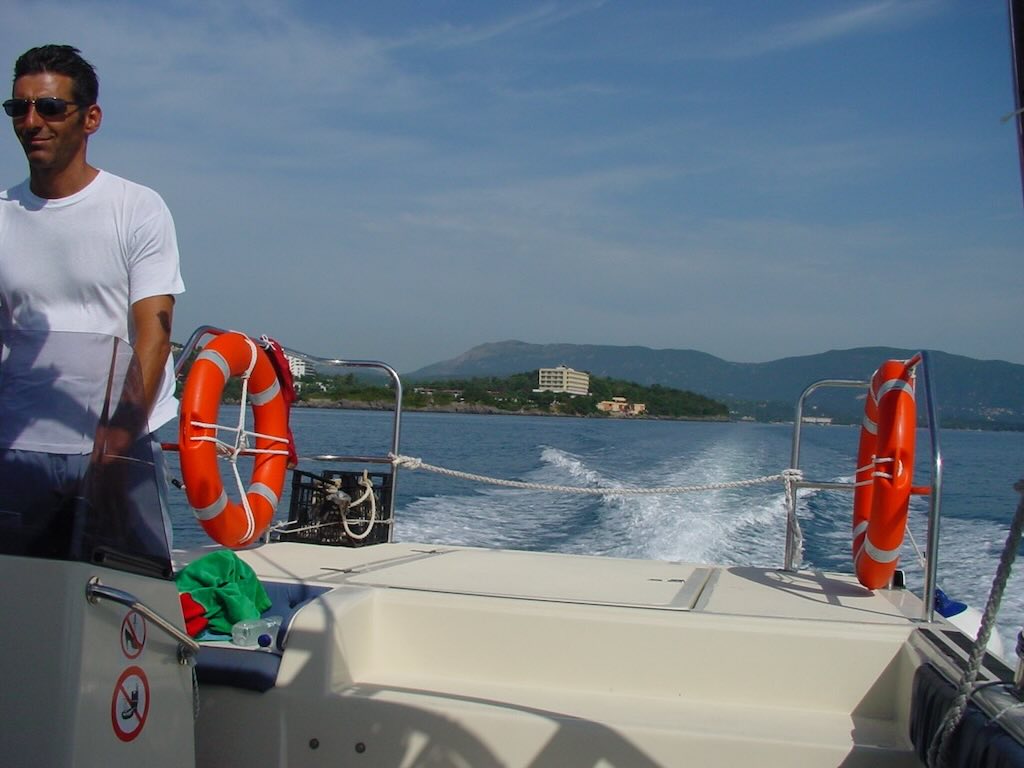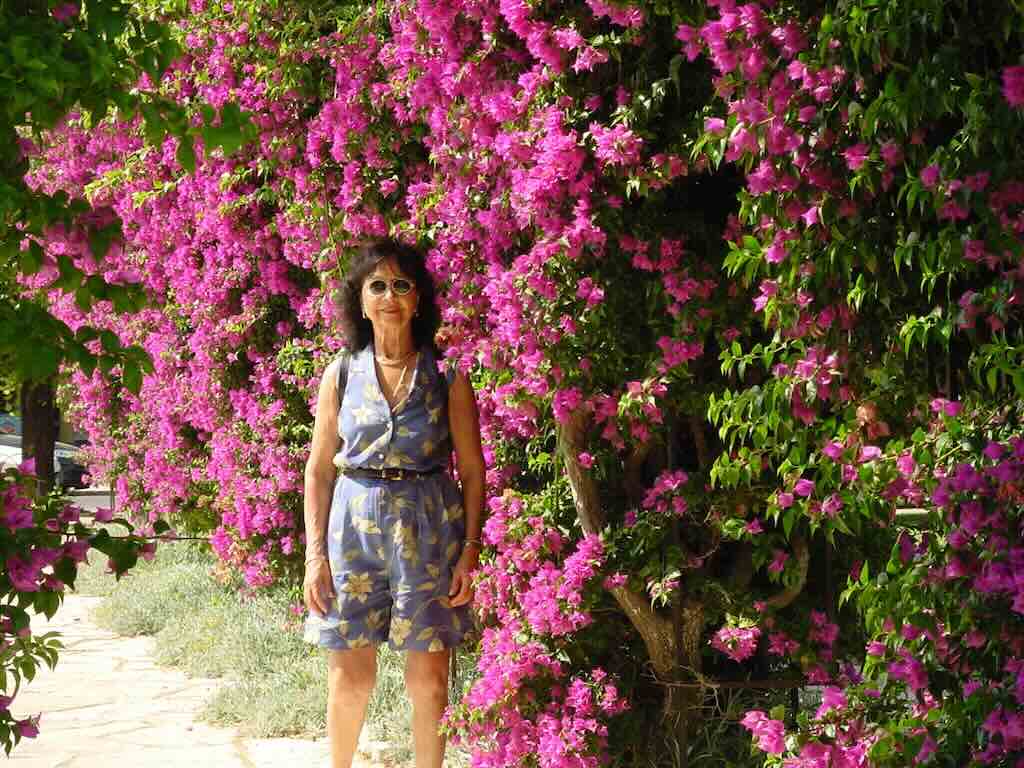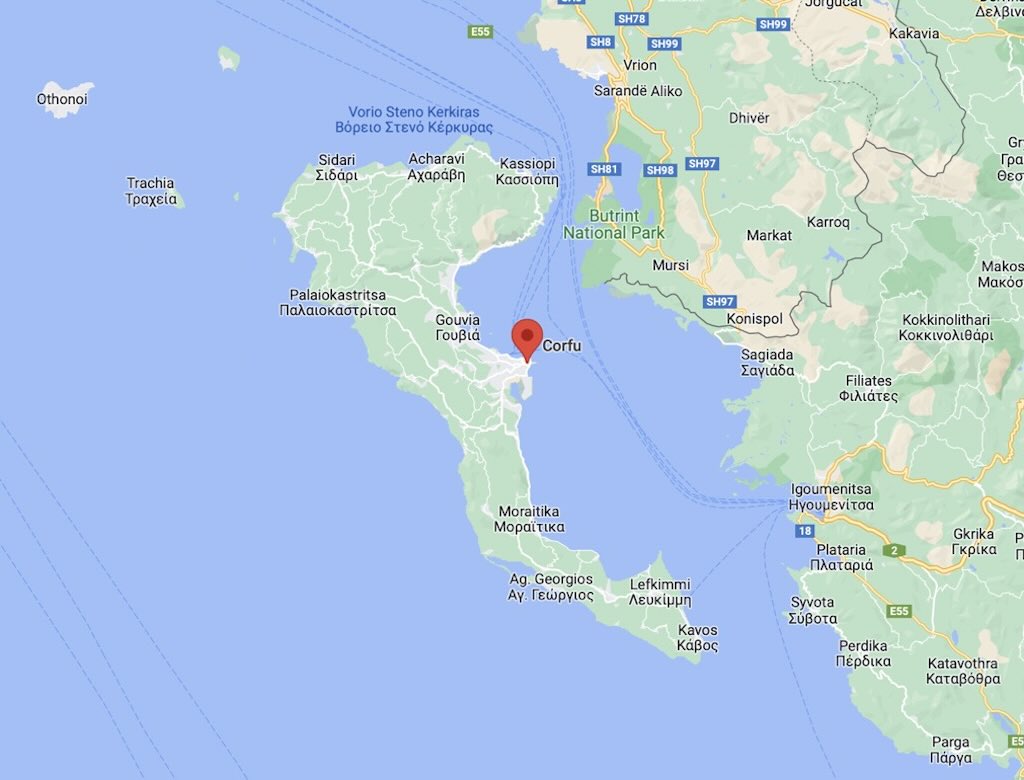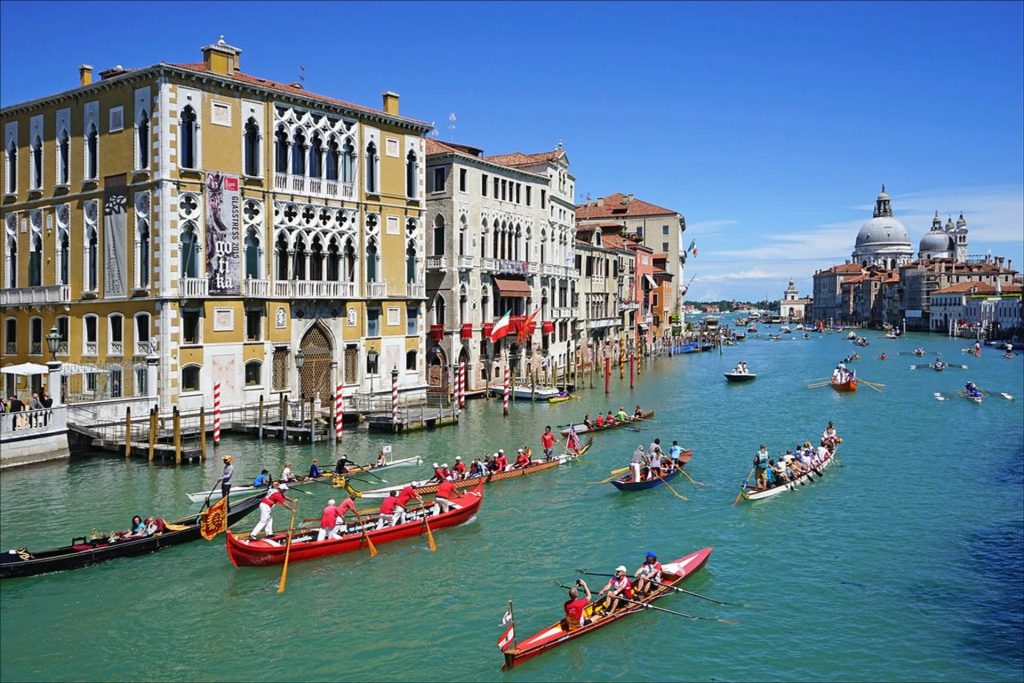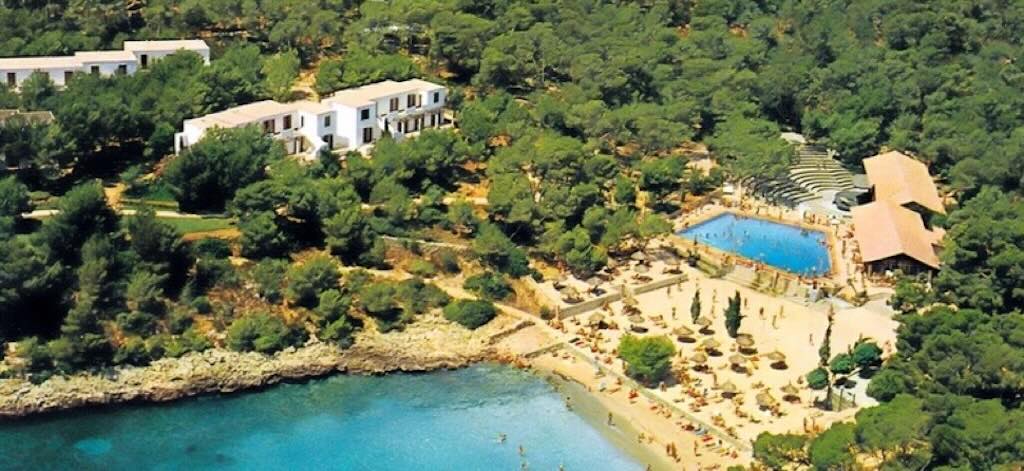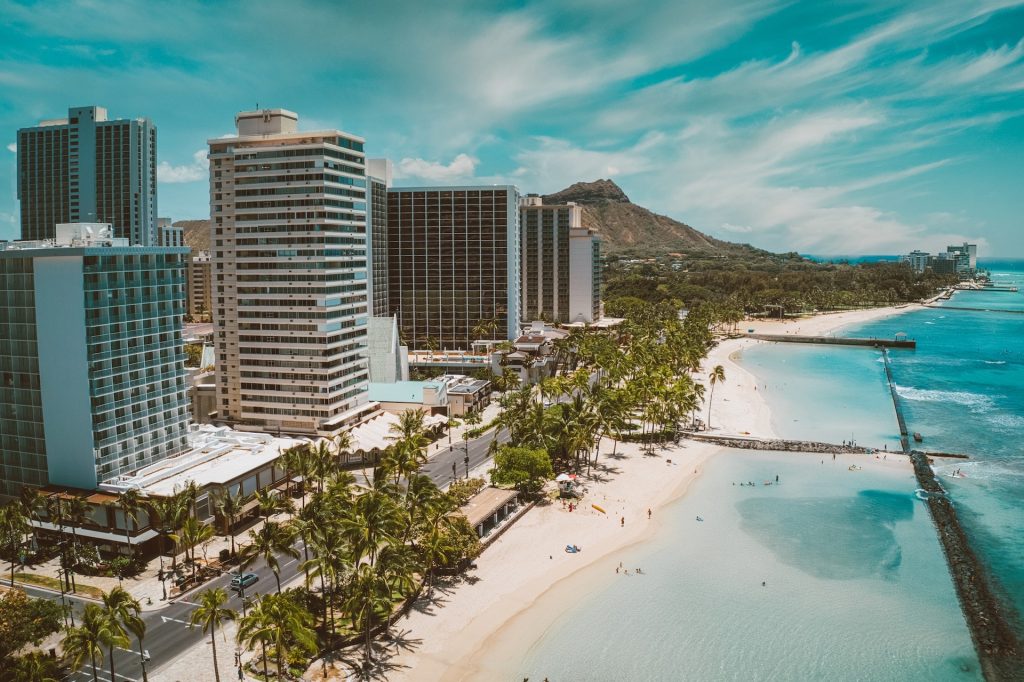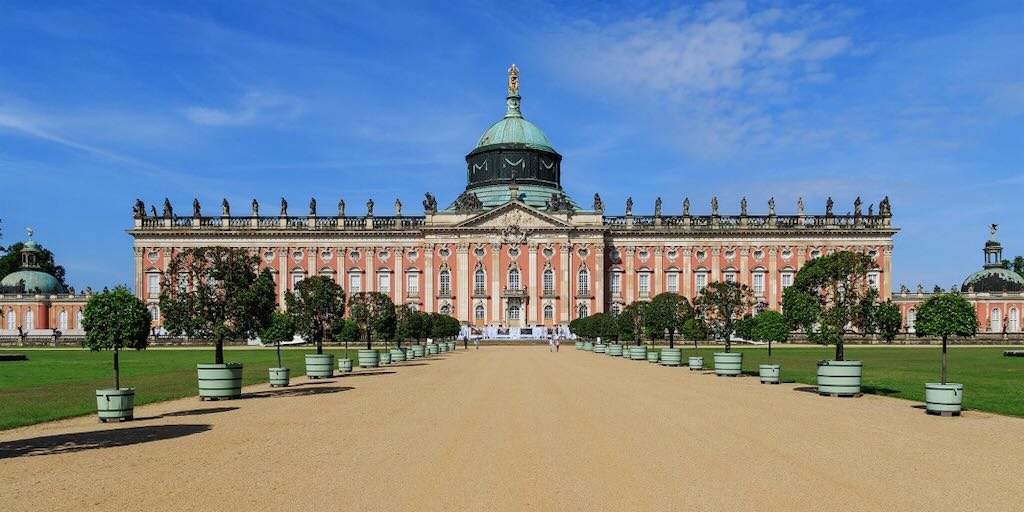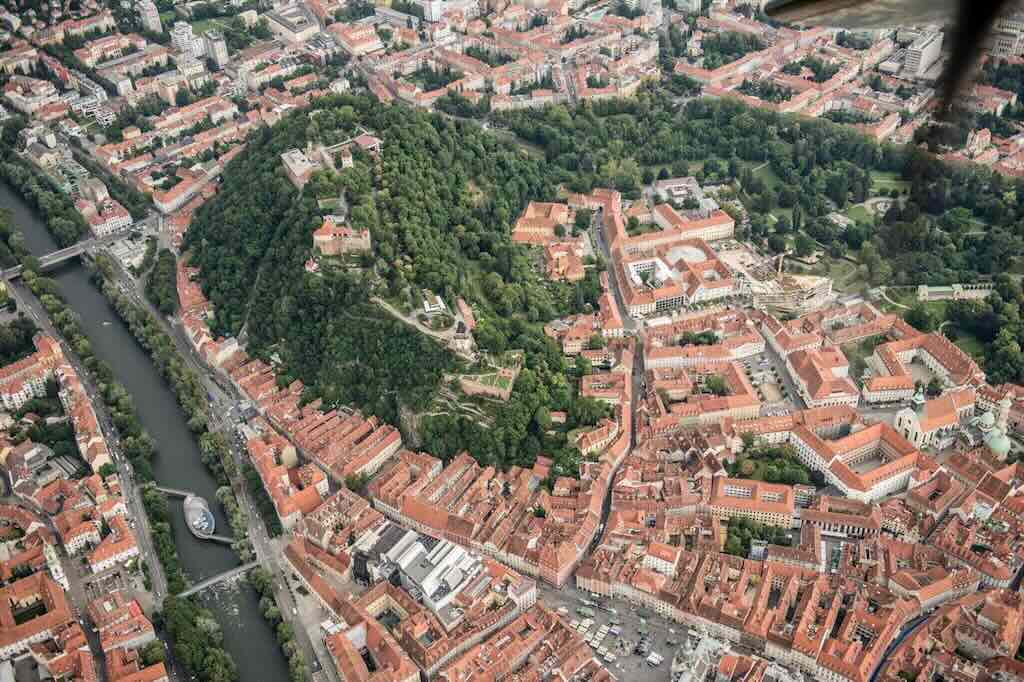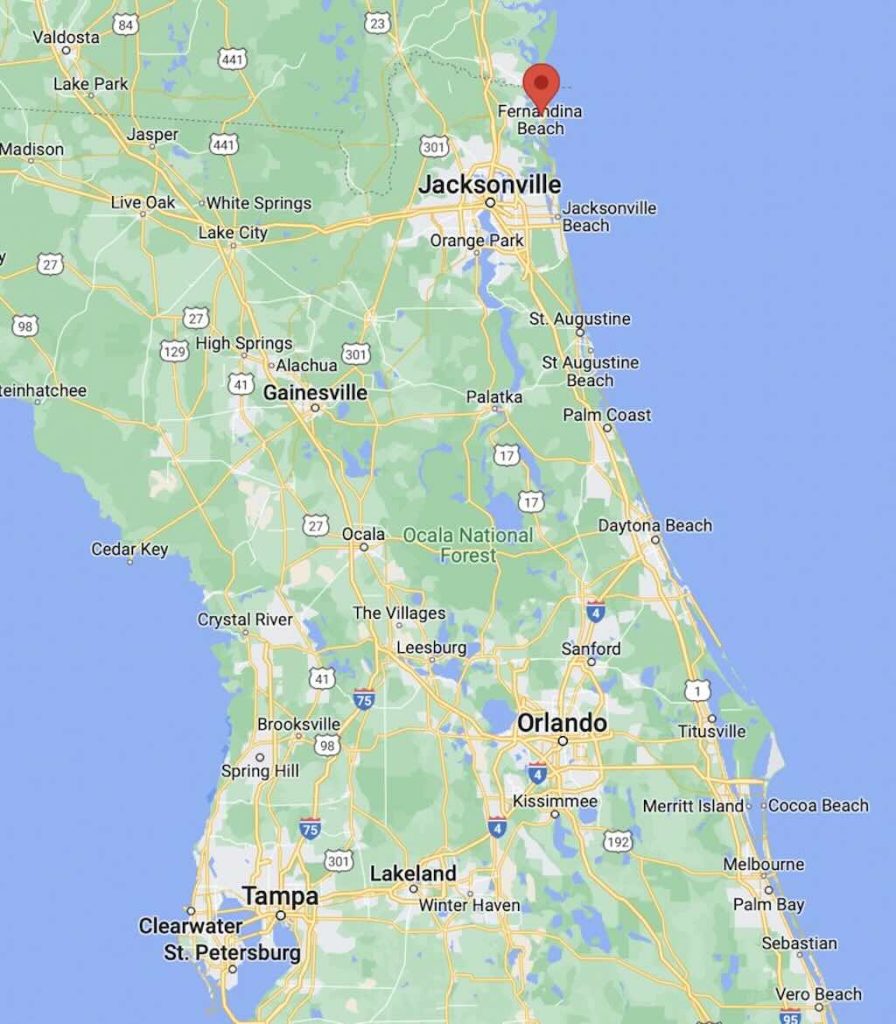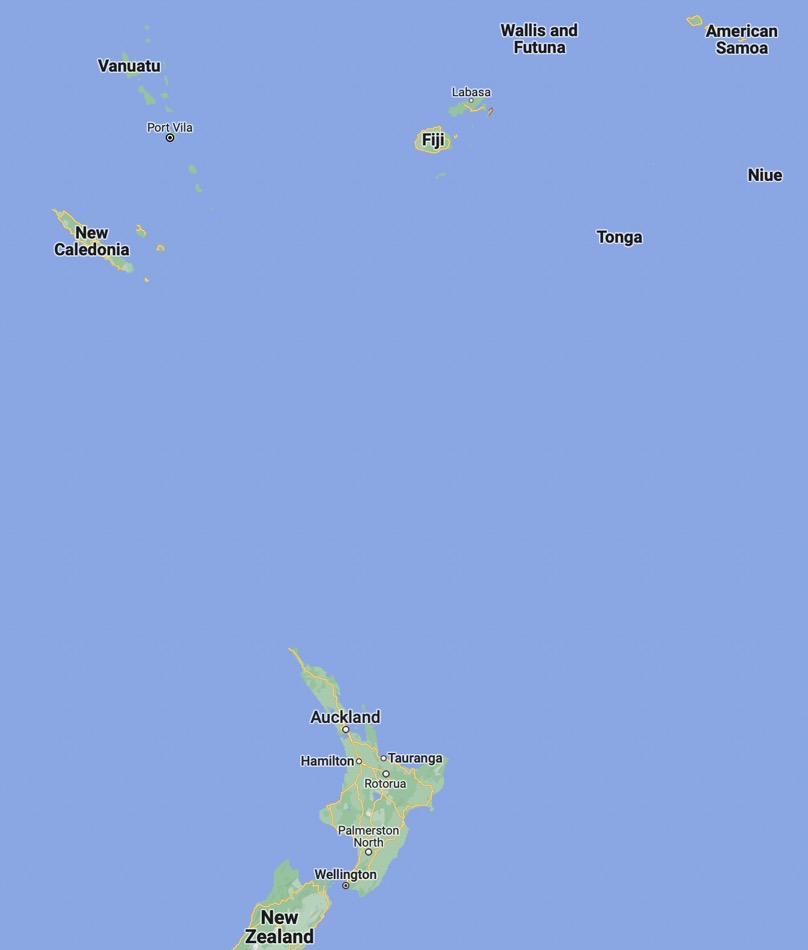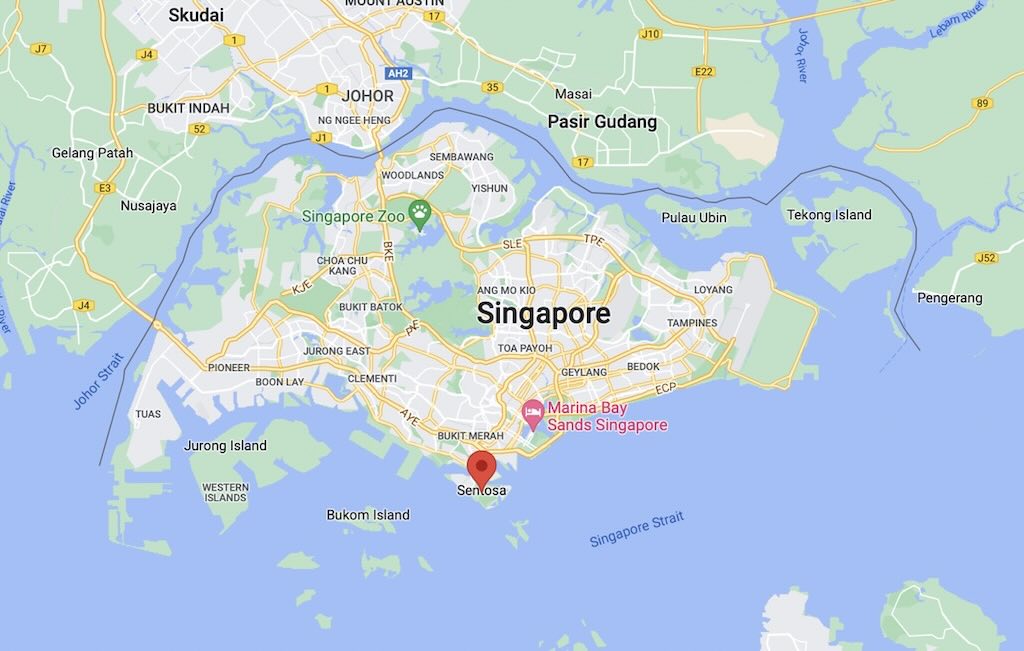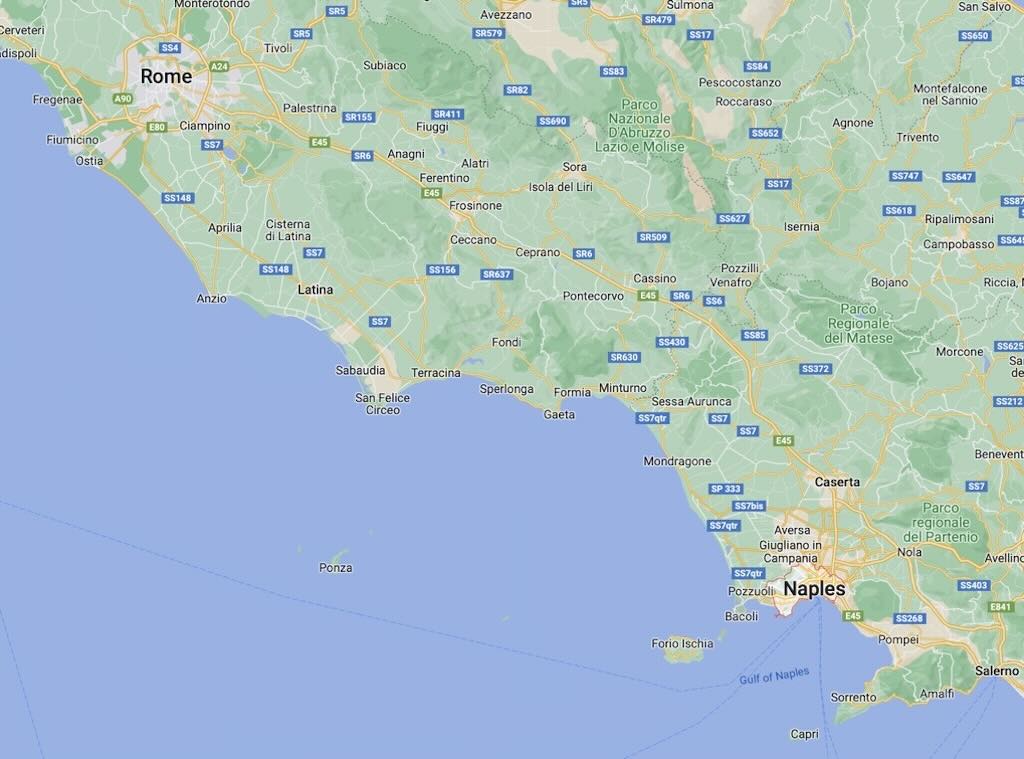In late-June and early-July 2003 we were in Corfu, a Greek island in the Ionian Sea in the far northwestern part of Greece, and next to the Albanian coast. This was another visit of the style “dolce far niente“, rather than driven by any cultural interesting in Greek history.
However we did manage to squeeze in a few tourist trips.
Paleokastritsa Monastery
Our first trip was a drive to the northwestern side of the island, to see the monastery on Paleokastritsa and the so-called “blue eye” cave.
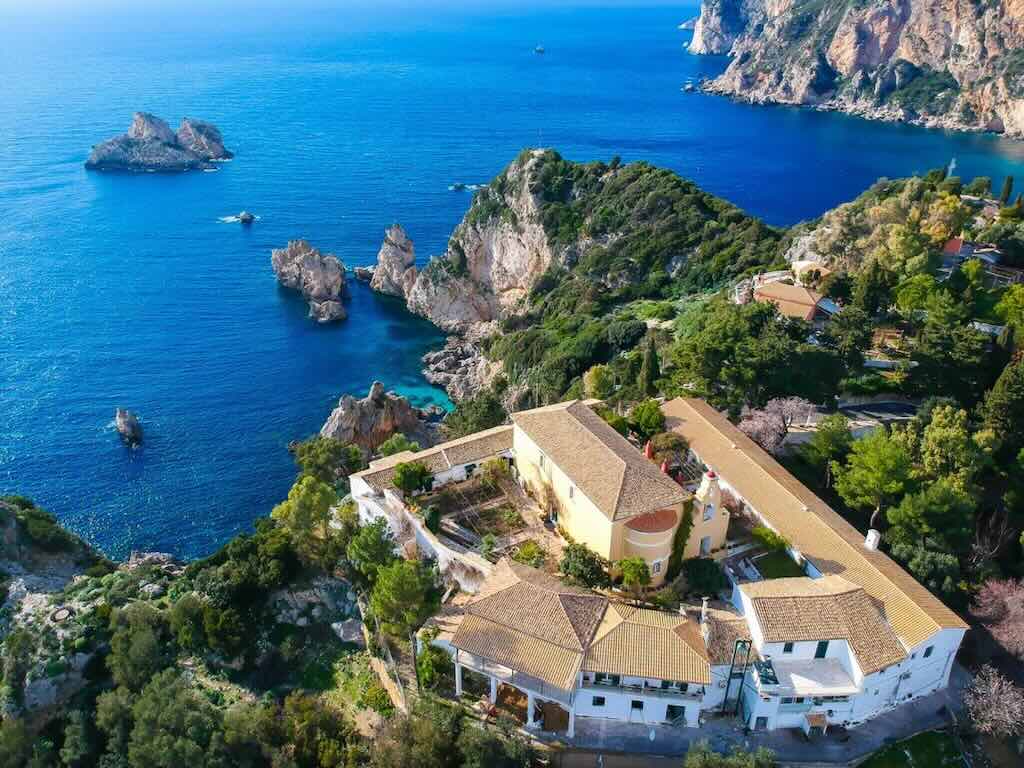
It is said that the Paleokastritsa Monastery was built on the site where a holy icon of the Theotokos (Virgin Mary) was found. The first buildings seem to have been part of an earlier castle fortification, hence the name “Paleokastritsa”. The men’s monastery was founded in 1225, however the current complex, the cells of the monks and the yard date from the Turkish occupation (18th century). It was destroyed by the Genoese in 1403 and rebuilt in 1469. Destroyed again in 1537 by the Turks, and was again rebuilt in 1572. In the 19th century it was utilised as a military hospital, and in 1943, the German occupiers used the cells as army barracks.
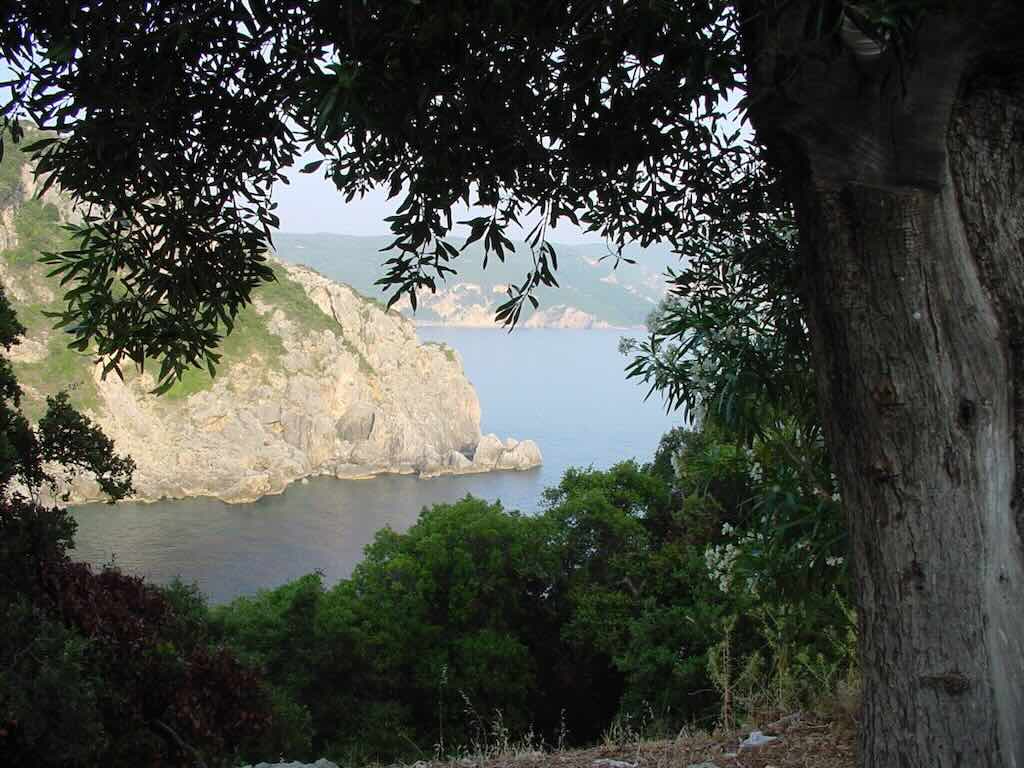
Built on top of a remote hill dominating the whole region, the views are stunningly dramatic and beautiful.
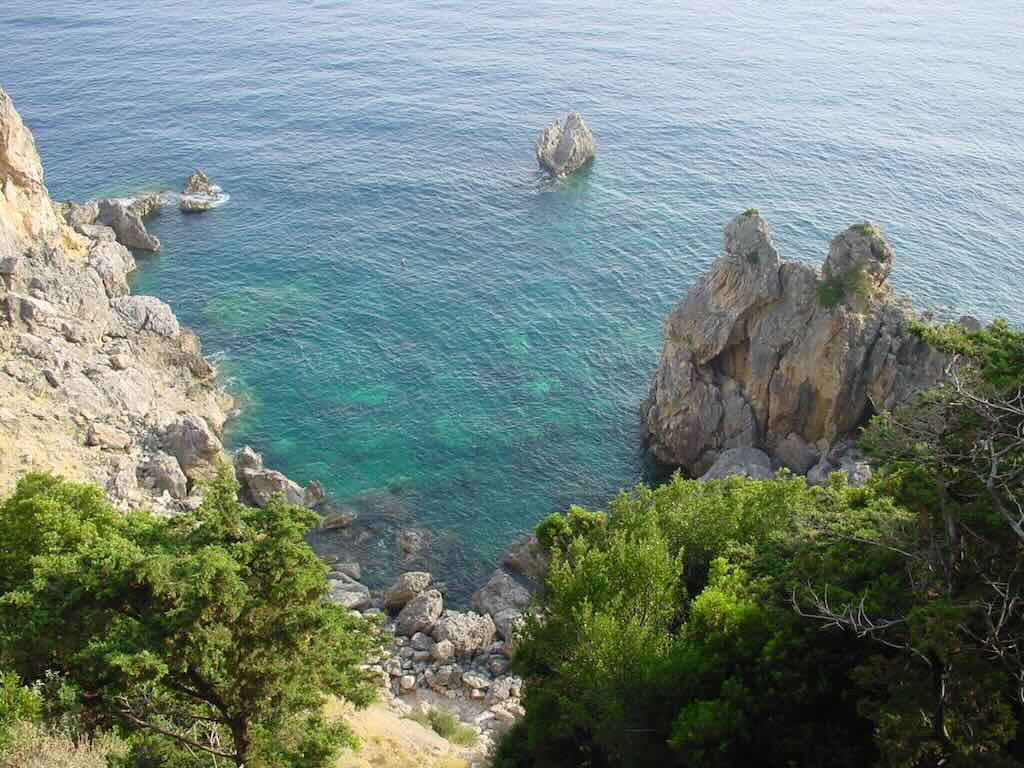
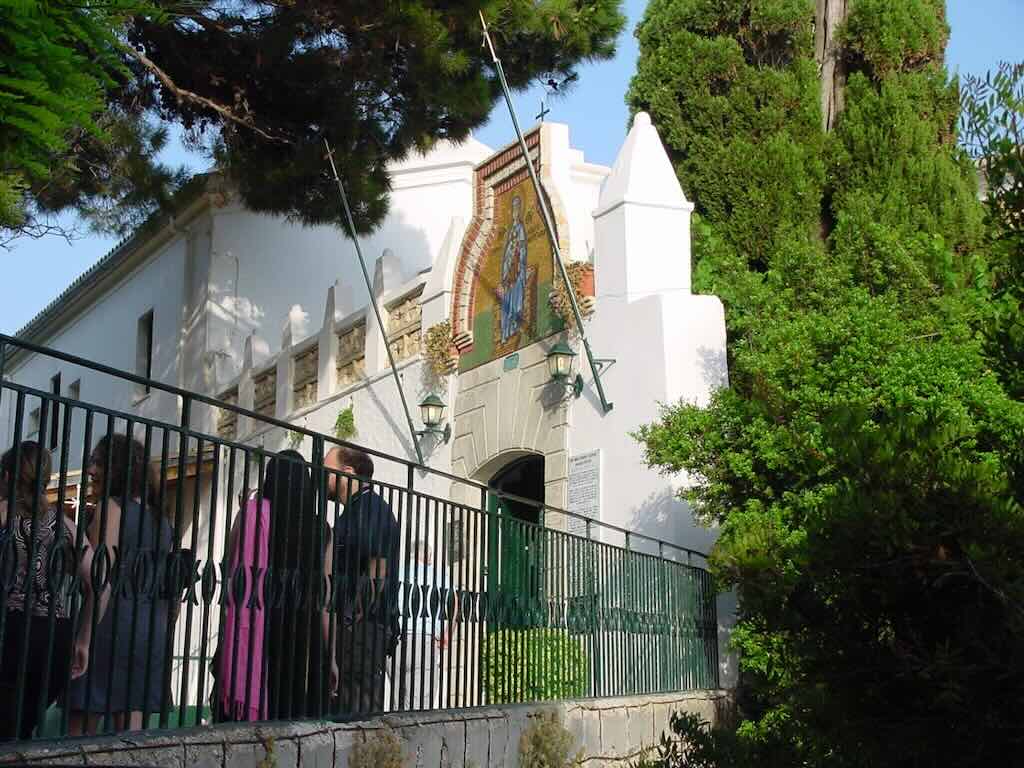
Above we have the entrance to the monastery, and below the entrance courtyard. These photographs date from 2003, so I’m not sure what the place looks like today, but it certainly will be more crowded than during our visit. In July 2003 we were the only group to visit the monastery that day, and we were welcomed with open arms.
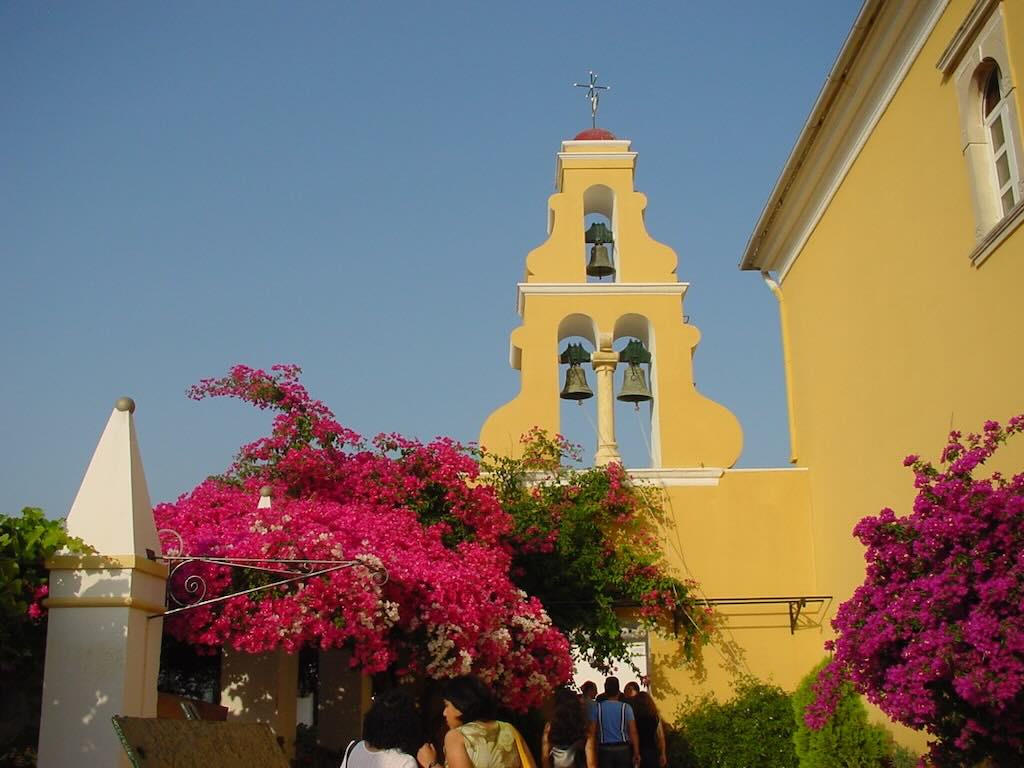
The "Blue Eye" Cave
The afternoon was dedicate to a visit to the so-called “blue eye” cave. There are in fact several caves in the region some large, others quite small. The “blue eye” cave is named from the incredible blue water seen inside the cave.
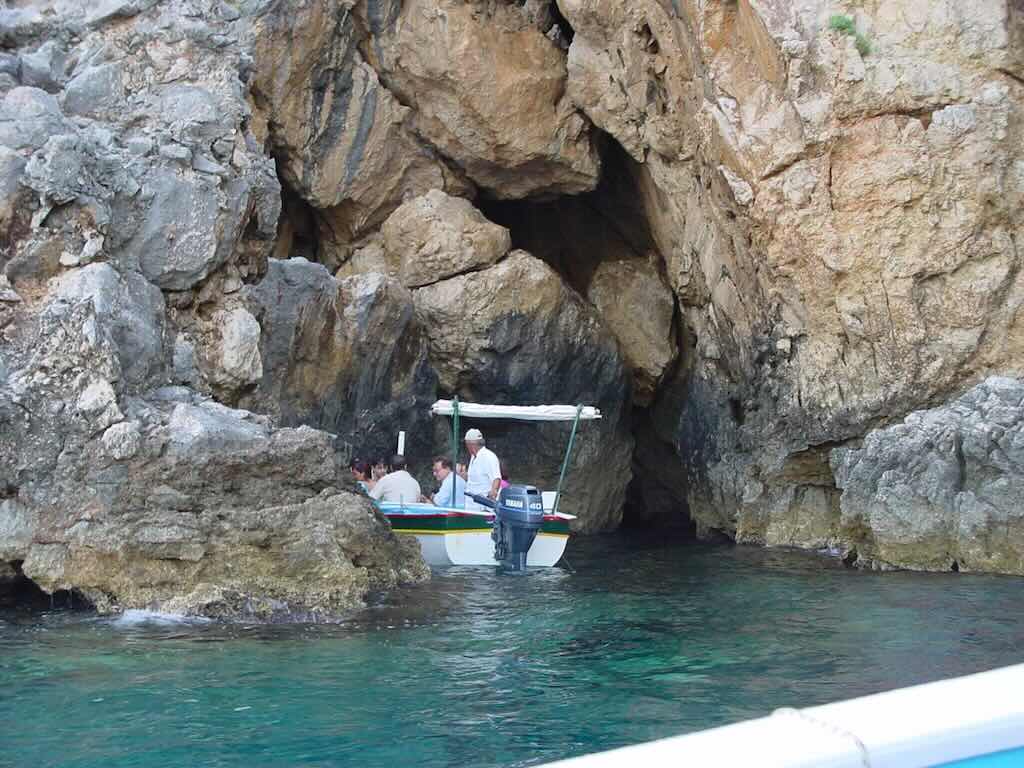
Today I’ve seen an enormous number of “blue caves”, “blue lagoon”, and “cave” visits, and to me it looks like the “blue eye” cave entrance has been opened up. I can remember that it was so small and tight that only one small boat could enter at a time (see the above photograph from 2003). So I’ve no idea what a visit today might entail (see below).
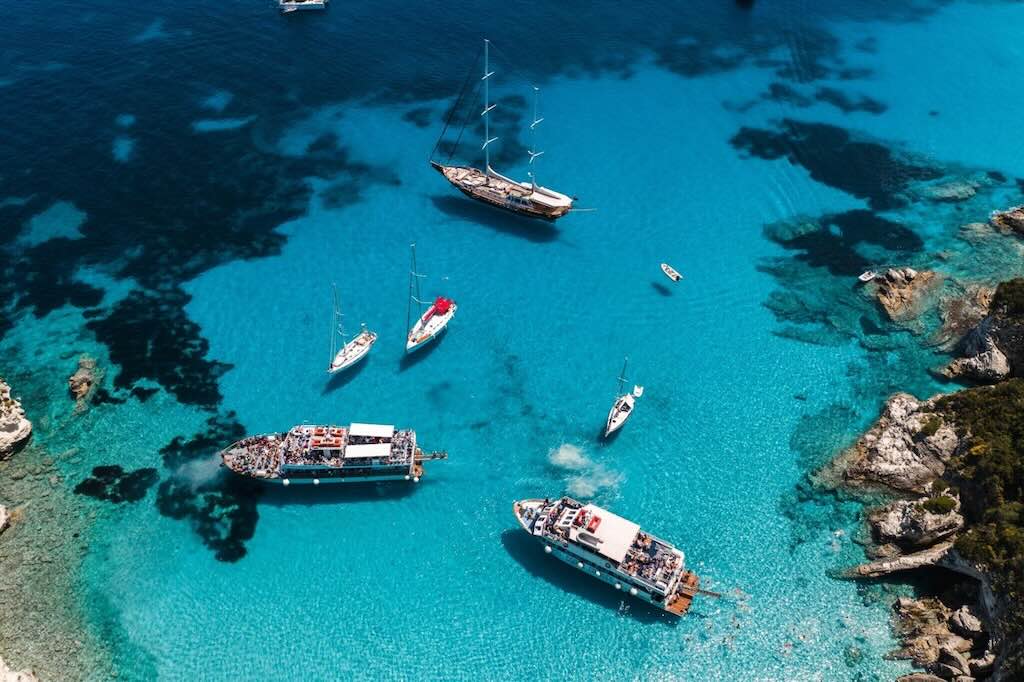
Liston Pedestrian Area
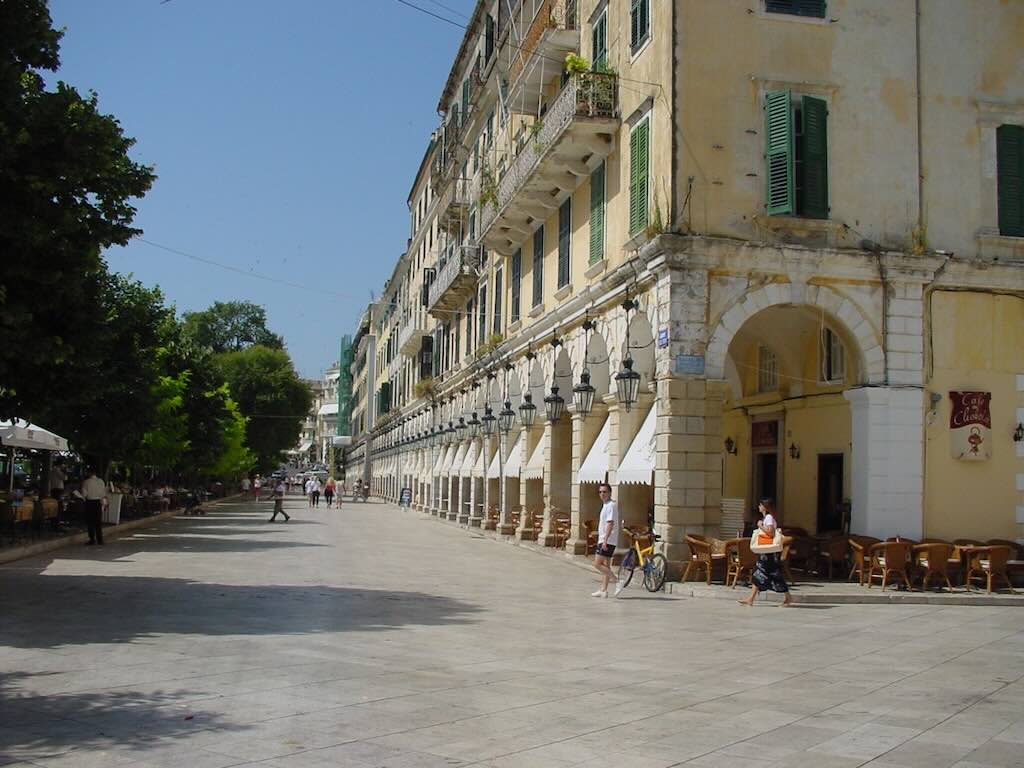
Out next trip was just a stroll around in the old Corfu town, have a coffee in the Liston pedestrian area, and see the old Venetian fortress. Liston was build in 1814 as a copy of Rue de Rivoli in Paris. Both photographs date from 2003, so there is no guarantee that they have remained the same.
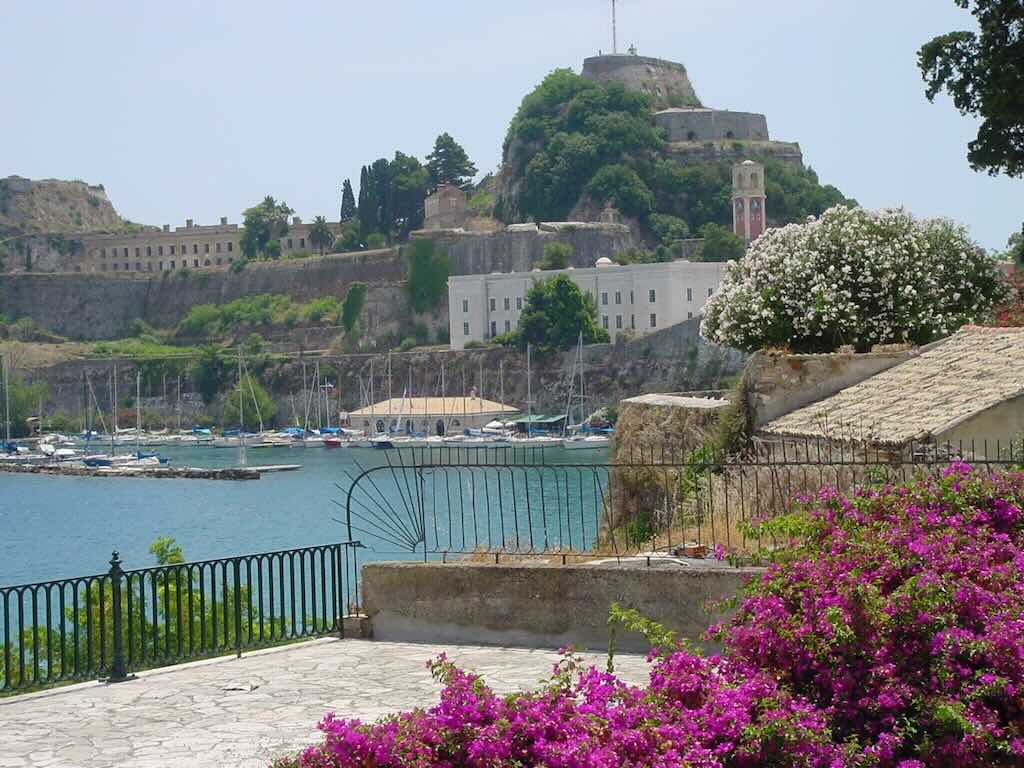
The Vlacherna Monastery
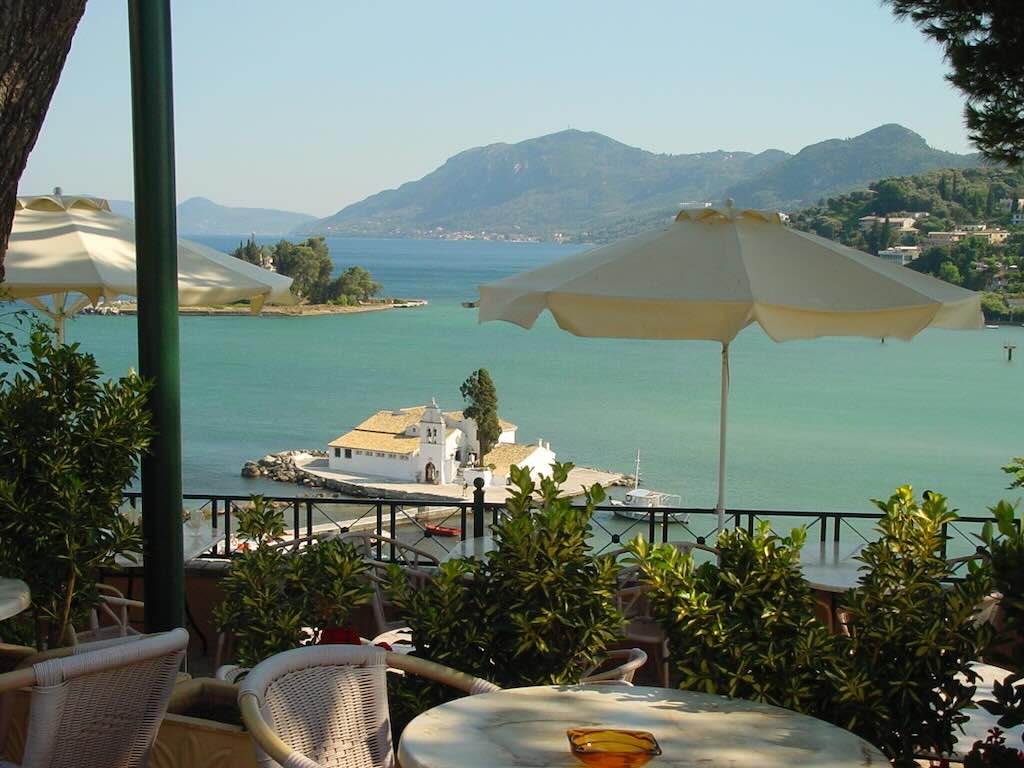
Our last trip was to see the most famous Corfu landmark, the Holy Monastery of Panagia Vlacherna (again photographs from 2003), which actually sits right under the flight path for Corfu’s airport.
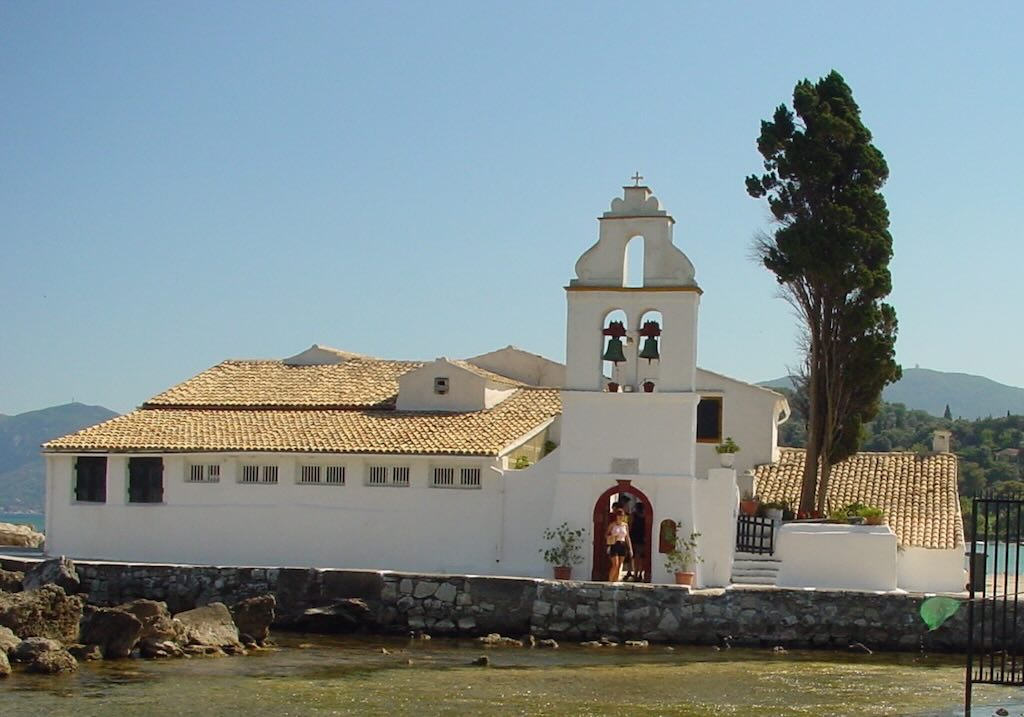
I have not been able to identify our hotel on Corfu, but I think it might have been an earlier version of the Grecotel Eva Palace. What I do remember was the very enjoyable free navette between the hotel and the Corfu town, and the pure enjoyment of summer in a true Mediterranean climate and culture.
